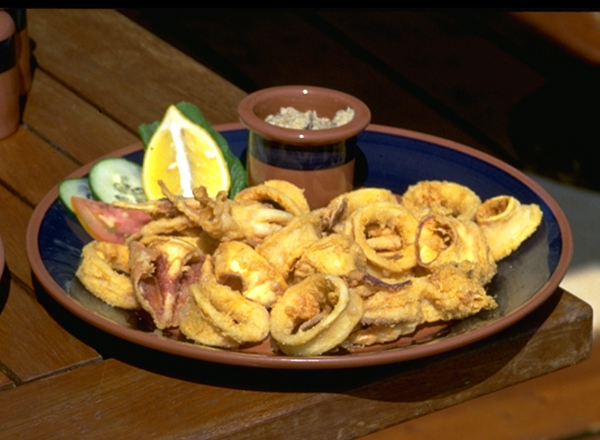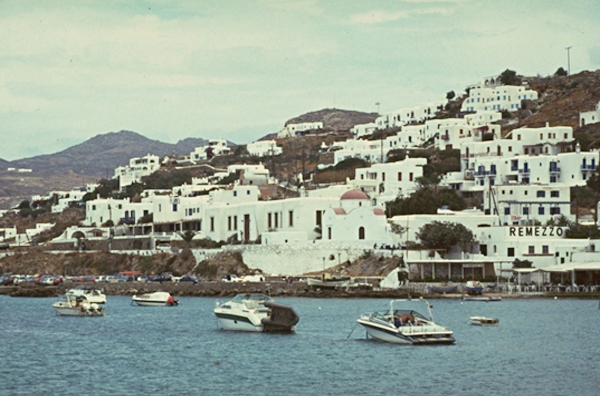Greek
families like to eat out and when they do they choose to eat traditional Greek
cuisine which has been prepared almost the same way for 4,000 years. Their
classic Mediterranean food starts on the foundation of olive oil, wheat and
wine. Being a nation of surrounded by water it is no surprise that their diet
includes lots of fresh seafood. Sheep and goats provide most of the land-based
protein and world famous cheeses and yogurt. Desserts tend to be made from honey
and nuts.
Menus do
vary from island or region but the main choices will be found in all tavernas
and restaurants. Increasingly one can find establishments offering cuisine,
including fast food from other countries, but mostly there will be hearty
rustic delicious Greek food.



























